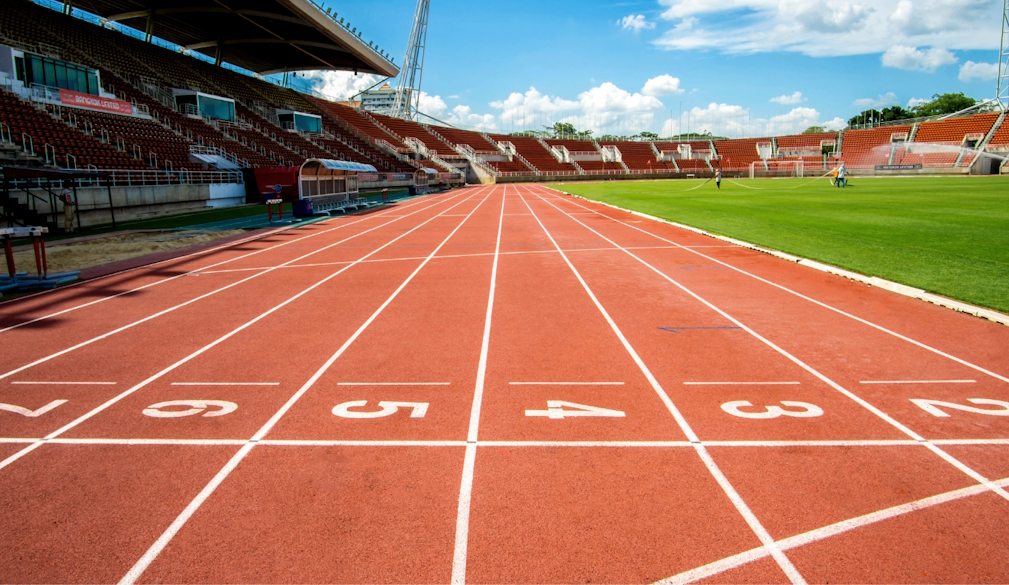Elite athletes are generally smarter than us – cognitive sciences can explain why
- Written by Alberto Filgueiras, Senior Lecturer in Psychology, CQUniversity Australia

The year was 1920. It was George “Babe” Ruth’s first season playing for the New York Yankees.
During that season, he scored an amazing 54 home runs. He alone scored more home runs than any team.
However, “The Bambino,” as he was nicknamed, was far from an example of athletic prowess. He was chubby, did not like to practice and was constantly seen at parties drinking and gambling.
So, how could he achieve such greatness on the baseball field?
To answer this question, a prominent sportswriter from the New York Times, Hugh Fullerton, knocked on the door of the Columbia University psychology lab where two graduate researchers, Albert Johanson and Joseph Holmes, were prompted to answer.
Fullerton’s enquiry was simple: if Ruth’s achievements could not be explained by physical abilities, then what other factors might be involved?
It was no surprise when the researchers discovered Ruth scored higher than the average population in every psychological test he did.
Ruth’s testing results formed the basis of an article by Fullerton in Popular Science Monthly titled: “Why Babe Ruth is greatest home-run hitter[1]”.
These findings changed the popular perspective on sport performance, suggesting physical attributes weren’t the only reason athletes were able to excel – mental skills were finally on centre stage.
The evolution of sport psychology
Ruth outperformed normal people in attention, memory and cognitive tasks.
It took almost a century for sport scientists to find out whether those high-level skills were a common trait for elite athletes or if Ruth was just a genius.
In an exploratory meta-analysis published in 2018[2], focusing on athletes only, my colleagues and I found athletes recruited brain areas involved with attention, memory and motor control when making sport-related decisions.
Then, in 2022, a review by Nicole Logan and colleagues[3] from Northeastern University in the United States gathered 41 studies comparing professional athletes and normal controls (people like us).
Data from 5,339 participants (including 2267 athletes) was meta-analysed. The results showed significantly higher scores in attention and decision-making among professional athletes compared to normal people.
So athletes generally outperform us in cognitive tasks – but why?
It was the emergence of cognitive neuroscience that allowed scientists to map neural networks involved in sport imagery (such as athletes’ abilities to reproduce sport-related situations in their minds) and athletes’ decision-making regarding in-game situations.
Elite athletes are generally well-matched in terms of their physical abilities but their mental skills can set them apart.Elite athlete are smarter than amateur athletes as well
Decision-making is a human skill. The more you practice, the better you get.
But good decision-makers such as elite athletes rely on other cognitive skills to simulate in their minds the potential outcomes of any given situation.
Here is an example – imagine a rugby league match.
A halfback is starting a play with his team close to the try line. He has several teammates to pass the ball to but he decides to tuck the ball under his arm and sprint to score a try – he had seen open space in the opponent’s defensive line.
In a fraction of a second, he had to make a decision based on the information he had available. Using imagery, he had to consider every other player’s position in the field, calculating the best route for each possible pass or run he could make.
It requires high levels of attention to visually scan the field, stop any distraction from clouding thoughts, memory to hold and retrieve information while processing all alternatives, and creativity to imagine the same play from different angles.
These three skills – attention, memory and creativity – have technical names: inhibitory control, working memory and cognitive flexibility, respectively.
They are the three core executive functions used by the brain to execute complex tasks.
The most groundbreaking study about the role of executive functions in sport performance came out in 2012.
Torbjörn Vestberg and colleagues from the Karolinska Institute in Sweden compared the three core executive functions of elite soccer players from the first division with their counterparts from the fourth division (usually only semi-professional athletes).
The higher division outperformed the lower division players in all executive functions tasks[4].
Similar results were found in other studies through the past decade, including one from my colleagues and I in 2023[5], which compared female soccer and futsal players with their amateur counterparts.
We found elite athletes outperform regular people in decision-making and executive functioning.
Athletes outsmart us for a reason: practice
Elite athletes are highly specialised decision-makers because they practice it every day.
They outperform normal people in cognitive flexibility and inhibition[6], which might lead to smarter decisions on and off court.
However, the scientific literature still lacks evidence on the other core executive function, the working memory. In my current research I am trying to fill this gap.
Being creative and finding better solutions to overcome an opponent is what sport is about, whereas many normal people like us struggle when facing large amounts of information at the same time.
Practice, and a bit of biological disposition, makes most elite athletes smarter than us.
References
- ^ Why Babe Ruth is greatest home-run hitter (archive.org)
- ^ meta-analysis published in 2018 (doi.org)
- ^ a review by Nicole Logan and colleagues (doi.org)
- ^ in all executive functions tasks (journals.plos.org)
- ^ one from my colleagues and I in 2023 (bmcpsychology.biomedcentral.com)
- ^ cognitive flexibility and inhibition (doi.org)














